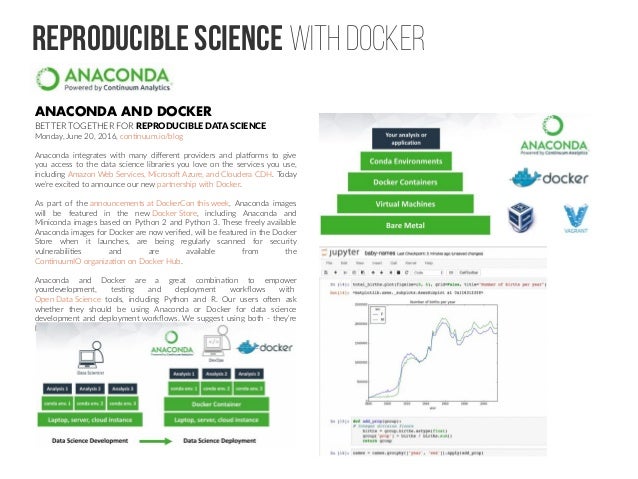

- #DEPLOYING DEEP LEARNING MODELS WITH DOCKER AND KUBERNETES UPDATE#
- #DEPLOYING DEEP LEARNING MODELS WITH DOCKER AND KUBERNETES CODE#
#DEPLOYING DEEP LEARNING MODELS WITH DOCKER AND KUBERNETES CODE#
You can access your API, which means that you can use this API on your normal code to perform sentiment analysis tasks. Hauptseite Learning DevOps: The complete guide. It will also show you all the history of deployment. You can check the deployment history of your app on GitHub by checking the environment tab on the bottom left. You can go to all the routes you have defined earlier in your app, and test them. Once the build is successful, you can check your app by clicking on Open app.
#DEPLOYING DEEP LEARNING MODELS WITH DOCKER AND KUBERNETES UPDATE#
Then every time you update your deployment branch on GitHub, it will be automatically be deployed.īy clicking on Deploy Branch, it will start the deployment process, and you can see the logs by clicking on “More”, which can help you see the logs of applications, and you can see any error if you face. For the first time, you need to manually deploy the app. You can choose automatic deploys so that every change in the deployment branch on GitHub will be automatically deployed to the app. Search your repo here, and connect to it. In the deploy section, in the deployment method, choose GitHub. You need to create a new app on the Heroku dashboard. Note that it is a sensitive file, so make sure to write it in the correct format, as specified, or else Heroku will throw some errors. Just write in it the suitable Python version. In that file, you can define your Python version. To define a Python version for your app on Heroku, you need to add a runtime.txt file in your folder. Step 4: Adding appropriate files helpful to deployment Now you can check the results in the responses:Ī response of 200 means that the request is successful, and you will get a valid desired output. We will test the most important one, that is, the POST request on predict route, which performs all our calculations.Ĭlick on ‘Try it out’ to pass in the desired text to get its sentiment: Return įastAPI has an amazing “/docs” route for every application, where you can test your API and the requests and routes it has. T_sentiment = 'negative' #set appropriate sentiment Probability = max(predictions.tolist()) #calulate the probability Sentiment = int(np.argmax(predictions)) #calculate the index of max sentiment Predictions = loaded_model.predict(clean_text) #predict the text Loaded_model = tf._model('sentiment.h5') #load the saved model

Clean_text = my_pipeline(text) #clean, and preprocess the text through pipeline


 0 kommentar(er)
0 kommentar(er)
